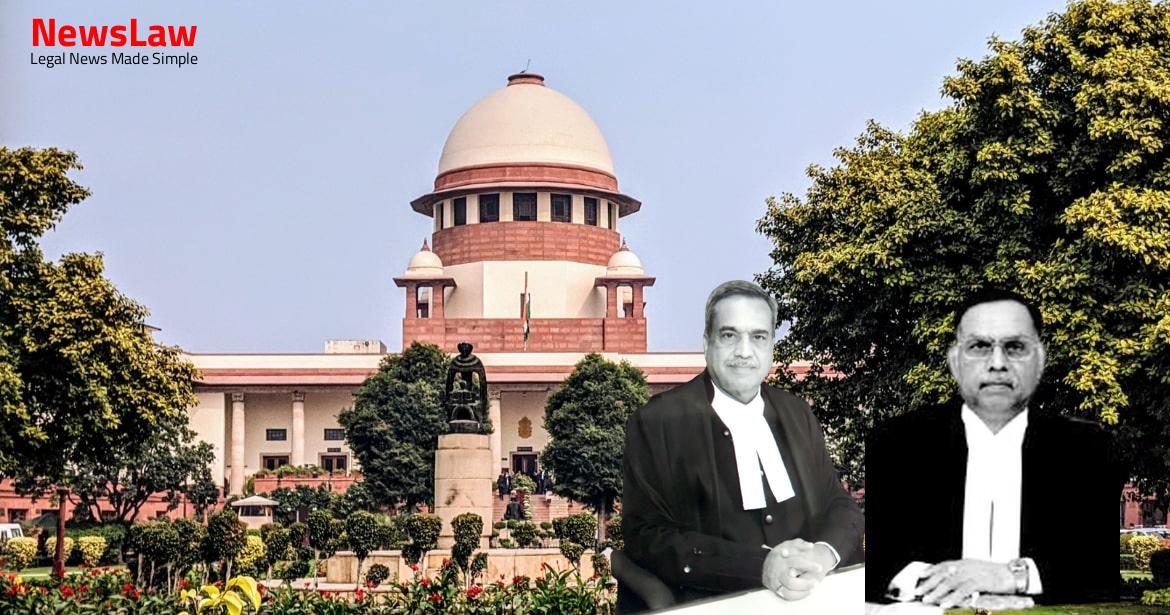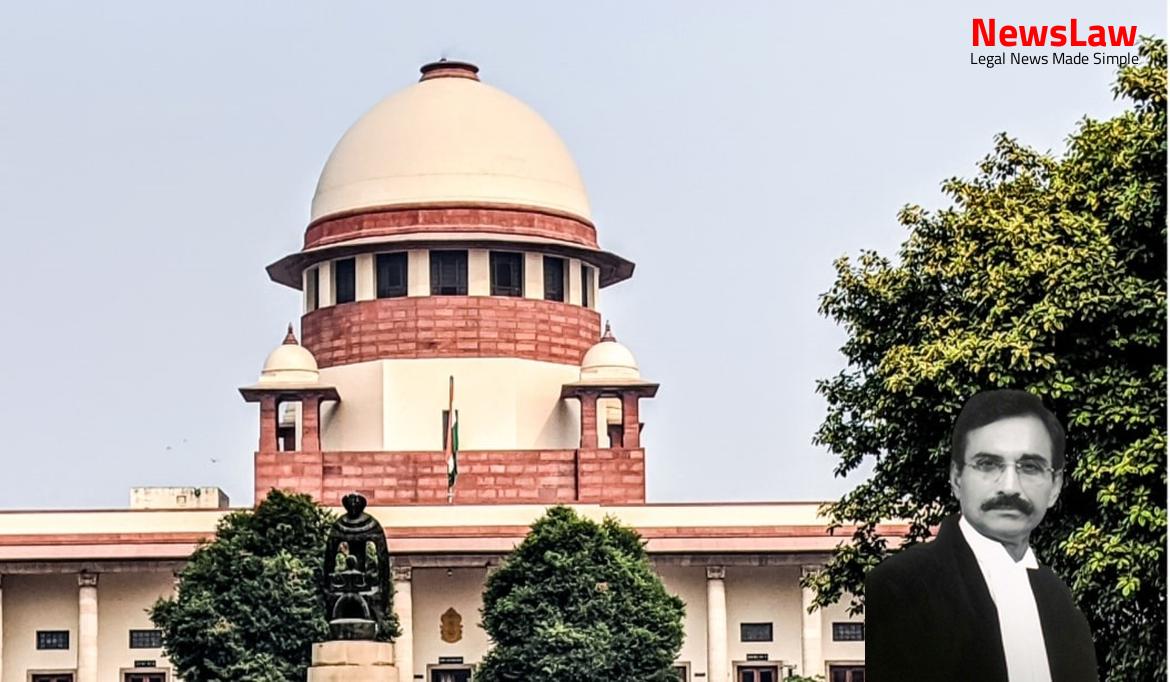The Court’s recent decision provides valuable insights into the conditions for transferring winding up proceedings from a High Court to the NCLT, focusing on the authorized entity and criteria for initiating such transfers. In this blog post, we delve into the nuances of the legal analysis surrounding this crucial aspect of company law.
Facts
- The Company Court ordered the admission of the Company Petition and directed the publication of the advertisement of the petition as per Rule 24 of the Companies (Court) Rules, 1959.
- A financial creditor appealed against the Company Court’s decision to not transfer the winding up petition to the National Company Law Tribunal (NCLT).
- The appellant’s claim before the NCLT was that the 1st respondent owed Rs. 32 lakhs and failed to pay despite demands.
- An application for transferring the winding up petition to NCLT was rejected by the Company Court, citing compliance with Rule 24 and the existing winding up order.
- The financial creditor challenged this rejection through a civil appeal.
- Mr. Huzefa Ahmadi represented the appellant, Mr. A.N.S. Nadkarni appeared for the 1st respondent-corporate debtor, and Gp. Capt. Karan Singh Bhati represented the official liquidator.
Also Read: Legal Analysis of Alleged Emission Cheating Scandal
Issue
- Main issues in the appeal are the circumstances for transferring a winding up proceeding from a High Court to the NCLT and who can request such transfer.
- The focus is on the conditions under which the transfer can happen and the entity authorized to initiate the transfer.
- This part of the appeal aims to clarify the criteria and process for moving a winding up proceeding to the NCLT.
Also Read: Authority of University Syndicate in Affiliation Matters
Analysis
- Clause (c) of Section 434 provides for the transfer of proceedings under the Companies Act, 1956 to the Tribunal.
- Different High Courts had different views on the transfer of winding up proceedings.
- Section 434(1)(c) allows parties to seek a transfer of proceedings to the NCLT.
- Winding up proceedings not served according to Rule 26 are to be transferred to the NCLT.
- The official liquidator represents all creditors.
- Rules under Section 434(2) and Section 239(1) of IBC, 2016 guide the transfer of pending proceedings.
- The provision in Section 447 of the 1956 Act equates to Section 278 of the 2013 Act.
- The word ‘party’ in Section 434 refers to any creditor of the company in liquidation.
- Voluntary winding up cases not falling under a specific provision continue to be dealt with by the High court.
- High Courts can transfer specific winding up proceedings to the Tribunal based on rules set by the Central Government.
- All proceedings, including winding up, arbitration, etc., are covered by Clause (c) of Section 434.
- Rule 5 involves the transfer of winding up proceedings based on inability to pay debts.
- Rule 6 deals with the transfer of proceedings based on grounds other than inability to pay debts.
- Transfer of winding up proceedings under Rules 5 and 6 depends on completion of service under Rule 26.
- The right to invoke the fifth proviso is specifically conferred only upon parties involved in the proceedings.
- Proceedings for winding up involve the entire body of creditors, making them parties by default.
- Rule 26 mandates the service of the petition on the respondent in a winding up proceeding.
- There was a change in the position after the insertion of the fifth proviso, impacting the transfer of proceedings.
- Parallel proceedings in different fora would defeat the purpose of IBC.
- Parties not involved in the winding up proceeding cannot invoke the fifth proviso under Section 434(1)(c).
- Confusion existed regarding the timing and nature of service required under Rule 26 in winding up proceedings.
- Section 434 of the Companies Act, 2013 underwent changes with the introduction of the Insolvency and Bankruptcy Code, 2016.
- Different subsections of Section 434 came into force on specific dates as notified by the Central Government.
- The original Section 434 in the Companies Act, 2013 was substituted by the IBC in 2016.
- The transfer of pending proceedings concerning winding up of companies was outlined in Section 5 of the Companies Act, 2013.
- Specific deadlines and procedures were set for the transfer and handling of petitions related to winding up of companies under the Code.
- Rules 26 and 27 of the Companies (Court) Rules, 1959 refer to a pre-admission scenario.
- The Code only intended to transfer winding up petitions to NCLT if no notice under Rule 26 was served.
- Cases falling under this scenario were to be treated as petitions under the Code.
- The High court’s rejection of the petition for transfer based on Rule 26 of the Companies (Court) Rules, 1959 is flawed
- The petitioner falls under the definition of ‘party’ in the Companies Act, 2013
- The petitioner can seek a transfer of pending winding up proceedings to the NCLT
- Rules 5 and 6 of the Companies (Transfer of Pending Proceedings) Rules, 2016 have restrictions on the stage of transfer
Also Read: Analysis of Election Petition Dismissal
Decision
- The appeal is allowed and the impugned order is set aside.
- The proceedings for winding up pending before the Company Court (Allahabad High Court) against the first respondent are ordered to be transferred to the NCLT.
- The transfer to NCLT will be taken up along with the application of the appellant under Section 7 of the IBC.
- The proviso to clause (c) of sub-section (1) of Section 434 is mentioned.
- No costs are ordered.
- CJI (S.A. BOBDE) delivers the judgement.
Case Title: M/S KALEDONIA JUTE AND FIBRES PVT. LTD. Vs. M/S AXIS NIRMAN AND INDUSTRIES LTD. (2020 INSC 648)
Case Number: C.A. No.-003735-003735 / 2020



